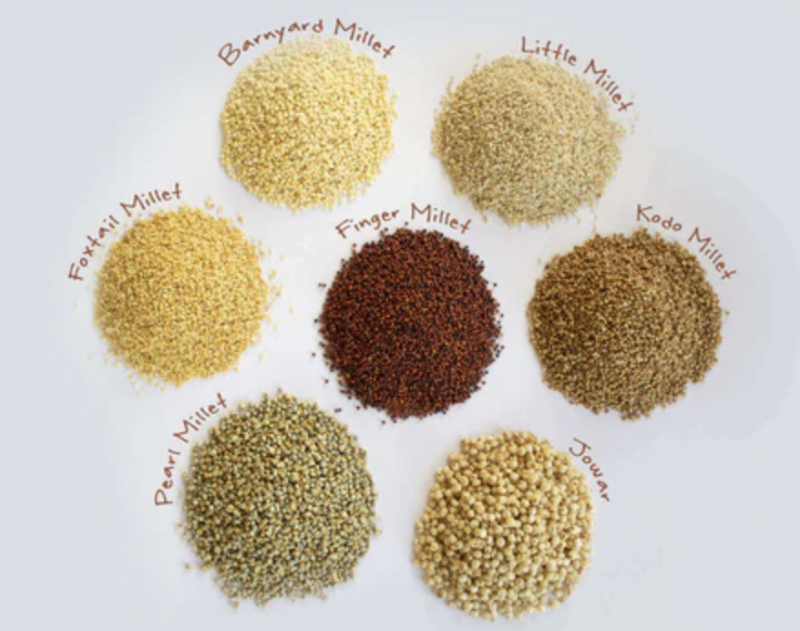India is entering 2026 with a renewed focus on nutrition, and at the heart of this shift is protein. Once perceived as the domain of gym-goers and fitness enthusiasts, protein has now entered the mainstream Indian household. Urban families, students, working professionals, and even senior citizens are increasingly aware of the country’s protein deficiency gap—and food companies are rapidly recalibrating their strategies to meet this rising nutritional consciousness.
Recent consumer insights show that a significant percentage of Indians fall short of their daily protein requirements. This nutritional shortfall, combined with a heightened post-pandemic awareness of wellness, has triggered a surge in protein-enriched packaged foods, beverages, and meal kits. What makes this shift compelling is its cultural adaptation: protein is no longer being marketed merely as shakes or bars, but as Indianized, familiar formats.
Brands are releasing protein-rich versions of traditional foods—parathas fortified with soya protein, idli batters enriched with lentil protein, and ready-to-eat snacks boasting double the protein content. Dairy companies, too, are innovating, launching high-protein curds, lassis, and smoothies that blend convenience with functional benefits. Even the snack category, long ruled by indulgence-driven choices, is adopting protein-forward ambitions, with chips, namkeen, and baked bites offering higher nutritional value.
A major driver of this shift is affordability. Unlike earlier, when protein products carried premium price tags, the industry is now prioritizing mass-market penetration. This democratisation reflects a broader wellness movement where Indian consumers expect nutritious alternatives without compromising regional tastes or budget constraints.
The trend is particularly strong across metros such as Bengaluru, Mumbai, Delhi-NCR, and Hyderabad. However, tier-2 cities are catching up rapidly, thanks to digital content, fitness influencers, and increased nutritional literacy. Grocery delivery apps have also amplified this trend by creating dedicated “protein aisles” and highlighting high-protein food options through curated collections.
Restaurants and cloud kitchens are entering the space as well, with high-protein bowls, millet-protein combinations, and lean-meal subscriptions gaining traction. With a younger, health-aware population, dining-out choices are being influenced more by nutrition labels than ever before.
For brands, 2026 presents a fertile ground for innovation and consumer engagement. The opportunity lies not just in creating protein products but in educating consumers—simplifying complex nutritional information, offering recipes, and showcasing how protein fits seamlessly into Indian meals. The brands that can narrate this story authentically, with transparency and relevance, stand to gain long-term loyalty.


